





 |
 |
 |
 |
 |
 |
| Mateo Hevezi | profile | all galleries >> Galleries >> Back to Iwo Jima | tree view | thumbnails | slideshow |
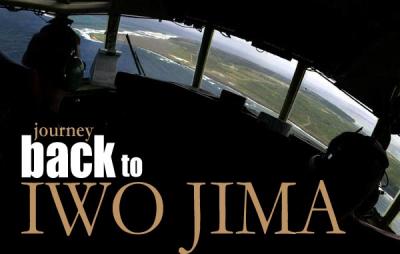 IWO6lead.jpg |
 IWO20.JPG |
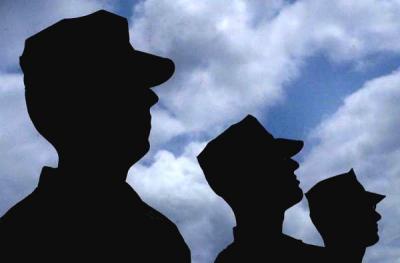 IWO14.JPG |
 IWO15.JPG |
 IWO17.JPG |
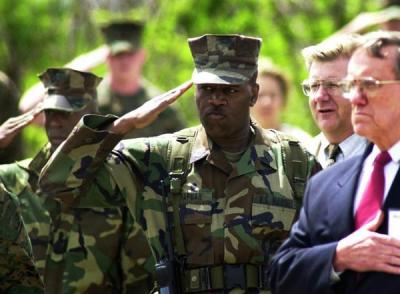 IWO13.JPG |
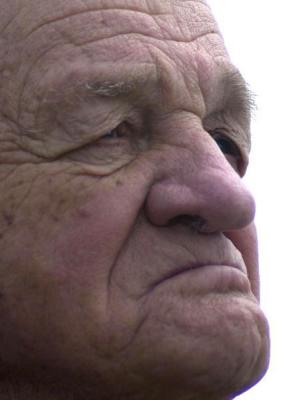 IWO11.JPG |
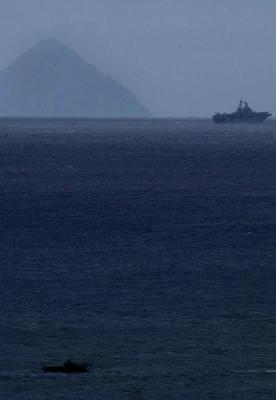 IWO19.JPG |
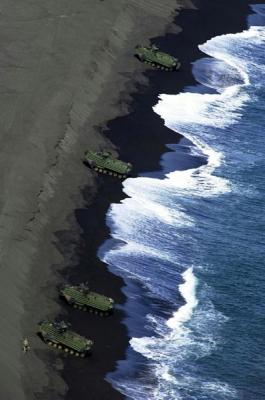 IWO18.JPG |
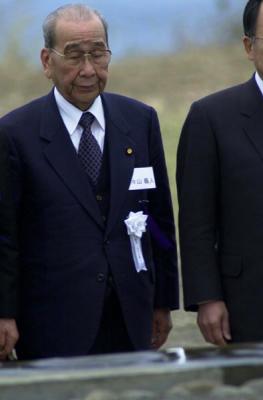 IWO12.JPG |
 IWO9.jpg |
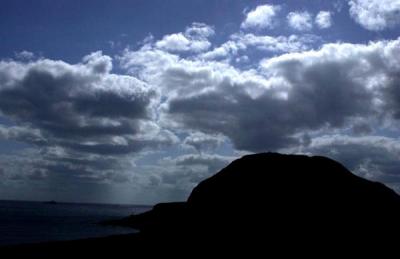 IWO5.jpg |
 IWO3.jpg |
 IWO1.jpg |
 IWO4.jpg |
 IWO10.jpg |
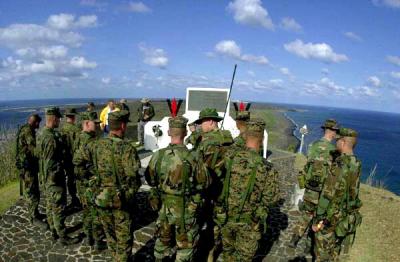 IW016.JPG |
 IWO7.jpg |
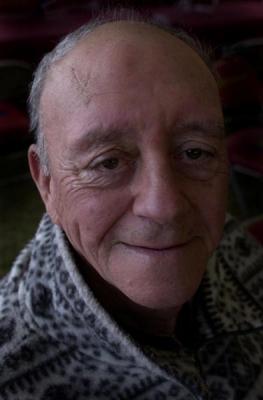 IWO2.jpg |
| Helen Betts | 03-Mar-2007 21:13 | |